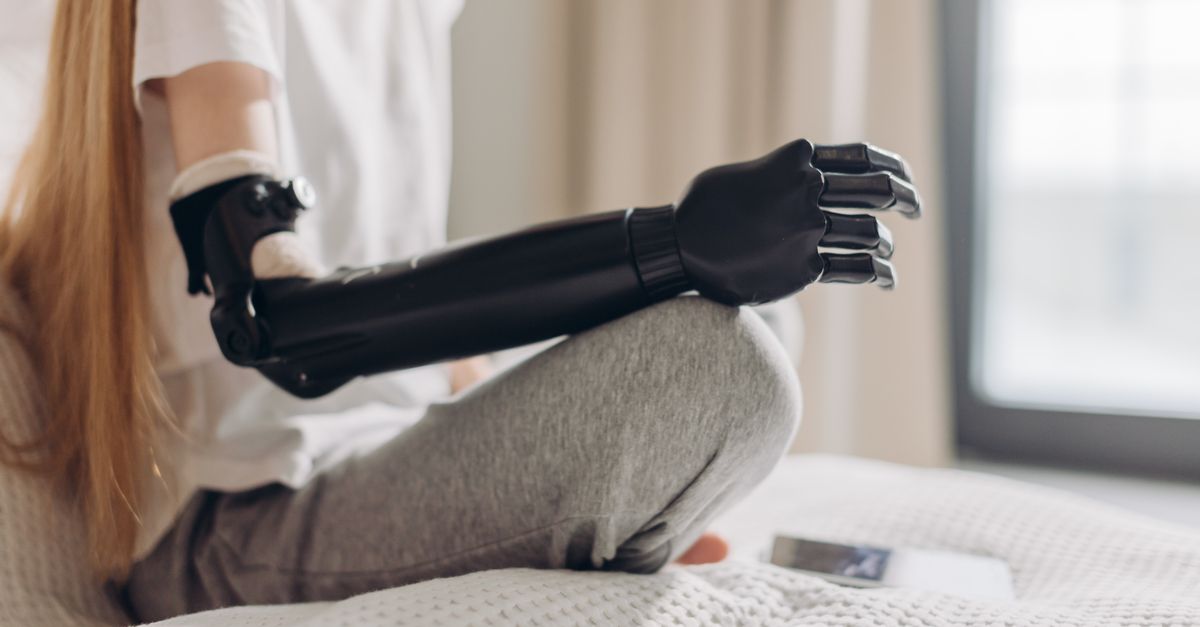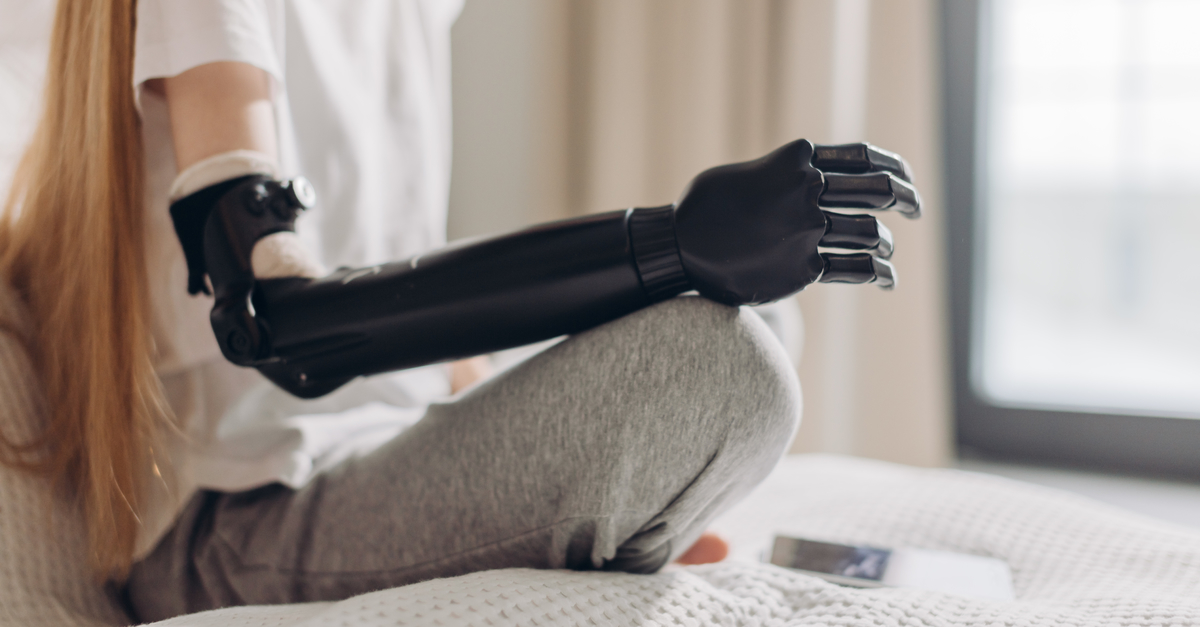Rehabilitation after an amputation can feel daunting, but it’s absolutely crucial to adapting to life without a limb. Here’s everything you need to expect immediately following your surgery and onward.
Meet Your Team
Your successful rehabilitation depends on the combined efforts of many people—you aren’t alone. Ideally, you’ll have a large team behind you. This team will include key family members, friends, your physician, your prosthetist and their support staff, your physical therapist, your occupational therapist, and your psychologist. The exact size of your team will depend on your personal preferences, your finances, and many other things.
While the outcome is mainly up to you and your effort, the expertise and guidance of each person on your support time is crucial.
Early Stages
Ideally, you’ll see your physical therapist within the first 24 hours following your surgery. This may seem quick, but you’ve just had a major life change, and you’ll need help doing basic things at the beginning. Your therapist will help you get positioned in bed, move from the bed to your wheelchair and back, balance while standing, use crutches, use your wheelchair, or use your new upper extremity assistive device.
A big part of this early start is pain management. Your physical therapist will teach you how to promote healthy healing in your residual limb and how to wrap it up to reduce swelling. While in the hospital, and long after your release, your physical therapy will consist of dynamic exercises that condition and strengthen your residual limb.
Your therapist will also help you through specific exercises tailored to your amputation. They may design exercises that work your hip, back, abdomen, or knee if you’ve had a lower body amputation. Or they may have you doing exercises to strengthen your upper back, shoulder, upper arm, and elbow if you had an arm amputated.
One of the most important reasons to start physical therapy right away is the psychological advantage it will give you. Spending days or even weeks immobilized can encourage you to only focus on your loss, which can easily cause you to start feeling hopeless, and you may have a hard time finding motivation later. Being able to immediately focus on what you can control will do wonders for your outlook and your attitude towards rehabilitation.
Physical therapy will also give you and your therapist the opportunity to closely monitor your healing residual limb. Even minor scratches or abrasions on it can lead to pain, infection, and significant delays in your recovery progress. Your therapist will teach you the rules of hygiene, like cleaning the socket, determining the best ply of prosthetic sock, managing perspiration, and much more.
Lower Extremity Users
For lower extremity users, the primary focus will be on sitting or lying exercises, and eventually standing exercises aimed at reorienting your center of gravity. Weight shifting exercises between parallel bars will help you learn to displace your center of gravity forward, backward, and sideways. These exercises will eventually phase into practicing bearing weight on your prosthesis and will prepare you for the weight shifting that naturally occurs when you’re walking. Of course, your physical therapist will teach you how to put on and take off your prosthetic device, and you’ll practice that quite a bit.
The next step in your rehabilitation will be gait training. Your therapist will do a lot of hands-on positioning and resistive techniques as you start walking again. Your physical therapist and your prosthetist should be working together throughout this entire process, to monitor your progress. You’ll continue to work on strengthening exercises, and especially on specific daily living activities. This will include things like getting dressed, using the bathroom, standing up and sitting down, carrying things, getting in and out of a car, driving, etc.
Upper Extremity Users
The early stages of physical or occupational therapy for the upper extremity focus on maintaining or increasing the mobility of your joints. Strengthening exercises will also be very important at this stage, as well as pain management. Your physical therapist will employ various methods of helping you with any pain you may be feeling, including ultrasound, massage, electrical neural stimulation, acupressure, acupuncture, and resistive exercise.
Much like lower extremity physical therapy, your therapist will help you practice using your sound hand for daily activities like eating, grooming, using the bathroom, writing, picking up objects, etc. They’ll help you learn to use your teeth to assist with some tasks, as well as other methods of making daily activities easier. Also like lower extremity physical therapy, the first goal of your course will be teaching you to put on and take off your new prosthesis—from then on, the focus will be on using the device. How your training proceeds after this point depends largely on whether you have a body-powered or an externally powered device.
Long Term
It’s important to realize that physical therapy is not just for new amputees or new prosthetic users—for optimum mobility and comfort, you should be evaluated by a physical therapist every year or two for the rest of your life. Your physical therapist can pinpoint problems that you don’t notice, problems that if left untreated can lead to back problems or pain elsewhere in your body. It’s been proven that people who continue going to therapy operate much better with their prosthesis and are better walkers and movers overall. People who don’t continue therapy will see a gradual decline in their abilities.
For expert advice, support, and more information, contact Biotech today and discover your possibilities!

